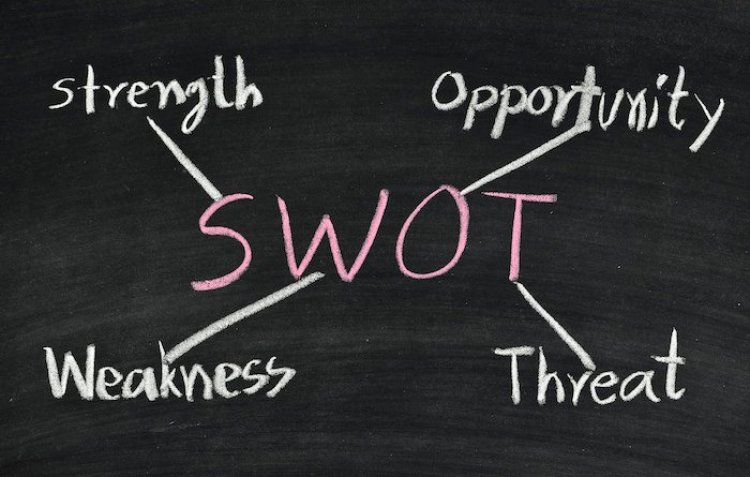How a SWOT Analysis Could Change Your Business Fortunes
Richard L. Weinberger, PhD, CPA

As the CEO of an organization, you spend a great deal of your time deciding what future changes will be most beneficial for your company. When contemplating these major decisions, what's your initial starting point? One effective tool is a SWOT analysis, which highlights the strengths, weaknesses, opportunities, and threats that exist within a company. Gaining a comprehensive overview of your company using this management tool can uncover surprising and valuable information that will help you plan for the future.
Every company, regardless of size, has some elements in each of the four categories. When preparing a SWOT analysis, an honest, critical self-evaluation is essential. Assuming the ultimate goal in business is to beat the competition and grow profits, a SWOT analysis will help you capitalize on your competitive strengths and untapped market opportunities, while improving areas of weakness and diminishing external threats.
If you've never performed a SWOT analysis, now's the time to start! Depending on your company's internal structure, you might want to have a SWOT analysis prepared for each department or division, and combine the results into a master SWOT of the entire company.
The four individual four components of a SWOT analysis are:
Strengths. The strengths of a company are internal resources, processes, or procedures that your company does well. Examples might be: specialized skills, technologically advanced equipment, depth of management, experienced long-term employees, or financial resources. Obviously, the list of strengths can be quite short or lengthy, but it's the combination of the various strengths that gives your company a competitive edge in the marketplace. Accumulated, diverse strengths have a synergistic effect that make a company valuable.
Weaknesses. Weaknesses are internal resources your company does not do well, or something your company completely lacks. Some examples might be: lack of expertise in the field, weak brand image, high operating costs, or poor location. As the number and magnitude of weaknesses increase, a company's competitive disadvantage also increases, which could enable stronger companies to overtake yours even faster, due to real or perceived weaknesses.
TIP: Strengths and weaknesses of a company are like an equation--strengths on one side and weaknesses on the other. Look at your lists side by side, and "weigh" their impact. You don't want this equation to be balanced.
Opportunities. Market opportunities play a major role in your company's strategic plan. Growth and profit are based on your company's ability to capitalize on new opportunities. Some opportunities are realistic for a business to undertake, while others are unrealistic due to a company’s lack of internal resources and strengths. Factors such as economic conditions, global demand, customer preferences, and product innovations all have a bearing on what opportunities might exist and how you might seize those opportunities to become a leading competitor in your marketplace.
TIP: To find your market opportunity "sweet spot," match all of your company's internal resources and strengths with an opportunity that has the potential to yield both maximum profit and competitive advantage.
Threats. Numerous threats will always exist for any business. These external threats can hinder your company’s profitability and competitive edge. While older threats sometimes remain, new threats can arise because of external factors that your company has little or no control over. To lessen the negative effects of potential threats, a company must foresee some of the threatening elements and know in advance what course of action to take as soon as an external threat is clearly identified. This is a great exercise because it requires big-picture thinking about industry trends--such as internet security, technology shelf life, or changing consumer demographics. "Seeing around the corner" will make you better able to either neutralize or lessen the threat before it does real damage.
TIP: Start with a sheet of paper or a white board divided into four parts. The titles--Strengths, Weaknesses, Opportunities, and Threats--each go in a separate box. Begin brainstorming with your team.
Every SWOT analysis is a work in progress, as various factors continue to change. New strengths emerge, weaknesses develop, opportunities present themselves, and threats arise. When done thoughtfully and thoroughly, a SWOT analysis will help you develop a smart, detailed strategic plan for your business.
About the Author
Richard L. Weinberger, PhD, CPA, has over 30 years' experience as a financial and management consultant for small businesses. An esteemed thought leader and speaker, he is CEO of the Association of Accredited Small Business Consultants. His new book, Propel Your Small Business to Success: Accelerated Actions to Maximize Profit, gives small business owners a step-by-step method for reviewing and analyzing every aspect of their company in order to increase profitability. Learn more at www.aampapproach.com.

















